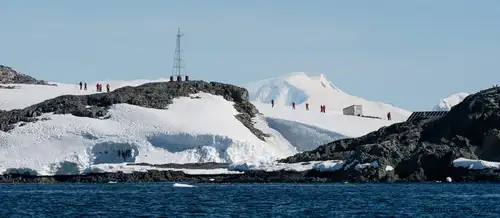They're powerful, beautiful, and really, really big. Whales are a wonder of the natural world, and one of the best places to see them is Antarctica. In fact, whale watching is one of the most popular and rewarding activities you can enjoy on an Antarctic trip.
But which whale species are you most likely to see in Antarctica?
Here we'll answer that important question, discussing key aspects of the whales you'll have the best chance of encountering on an Antarctica cruise. Though the specific species you will see depends on many factors beyond our control (weather, sea ice, and more), the Antarctic whales listed here are among those most often spotted by our guides and guests.
Blue whales
Blue whales are one of the most beloved Antarctic whale species, and it's not hard to see why. These are the largest creatures ever to have lived on Earth, making even the largest dinosaurs seem small by comparison. A child could virtually slide through a blue whale’s aorta, though we wouldn't recommend trying.
It may be surprising to learn that the giant blue whale's body runs entirely on tiny krill - up to four tons per day, actually. You can find out more about this Antarctic whale at our blue whale blog as well as our dedicated blue whale page.
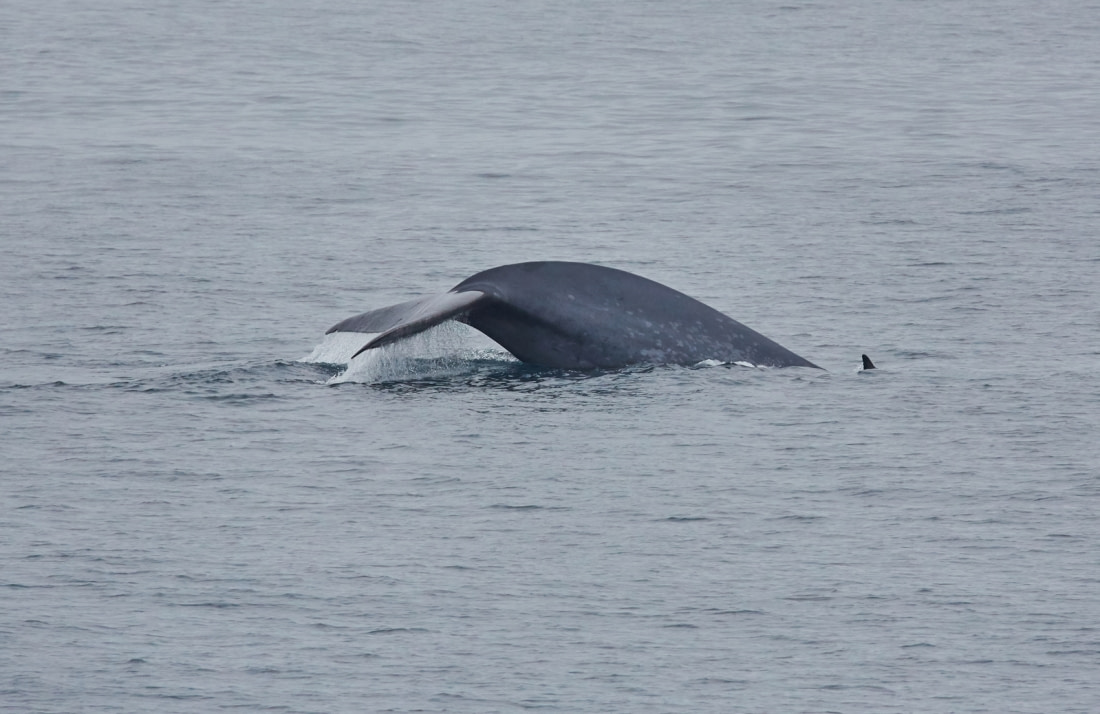
Fin whales
Despite their immense size (second only to blue whales), these Antarctic whales can really move. They're the fastest of all the giant whales, able to burst up to speeds of about 45 kph (30 mph). Known as the “greyhounds of the sea,” fin whales are also quite loud. They can call out to each other in the range of 80dB, just shy of the amount of noise you hear when a small plane flies overhead. This sound can be heard by other whales in Antarctica for over 100 km (60 miles). Our fin whale highlight page is filled with more fun fin-related whale facts.
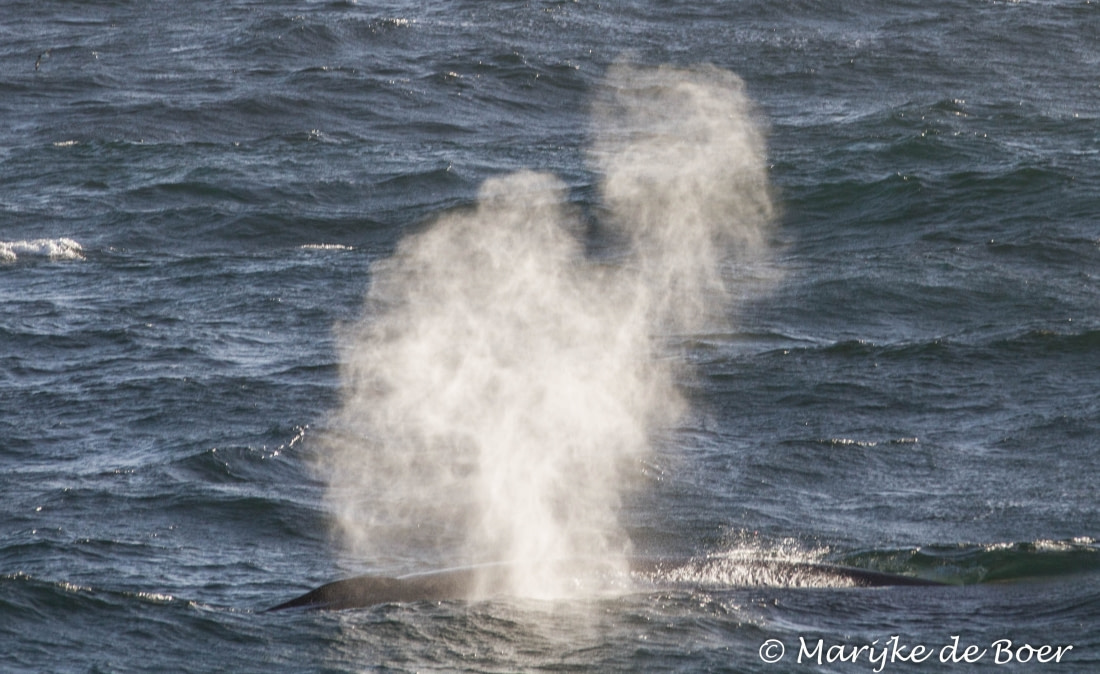
Humpback whales
Out of all the Antarctic whales covered here, humpbacks might be the easiest to identify. They are commonly seen breaching and slapping the water, making for some excellent photos. Though these whales tend to be loners, they sometimes cooperate with each other to feed. This is an activity called "bubble net feeding," and it is a real spectacle to see! Humpback whales can also be quite sociable toward other marine species and are even known to approach boats.
Humpback whales also demonstrate intricate mating calls, having a longer and more complex form of song than most other whales in Antarctica. You can find more details about this Antarctic whale at our humpback whale page.

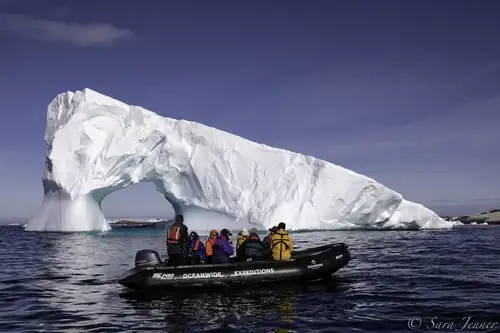


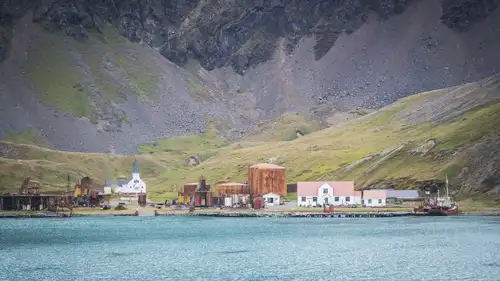
Related Trips
Blog


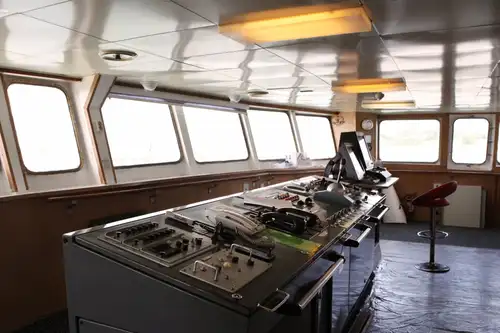
Navigating by touch through the sea ice
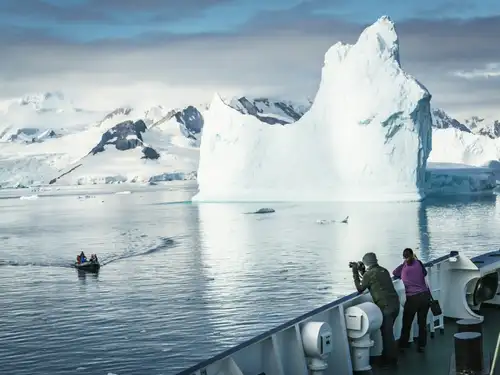
The Classic Polar Cruise: Antarctic Peninsula Facts, Pics, and More
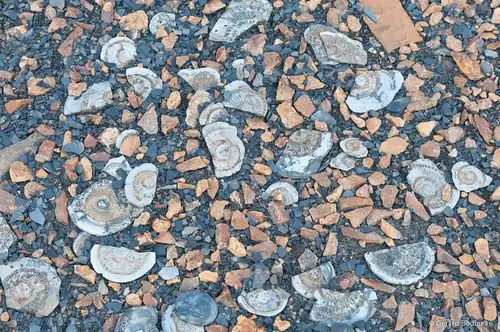
Svalbard a Disneyland for geologists
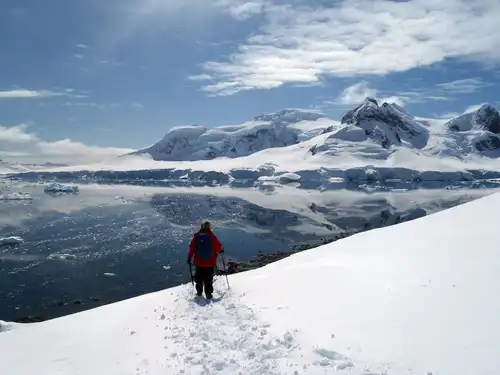
Explore Antarctica Without Leaving Your Couch
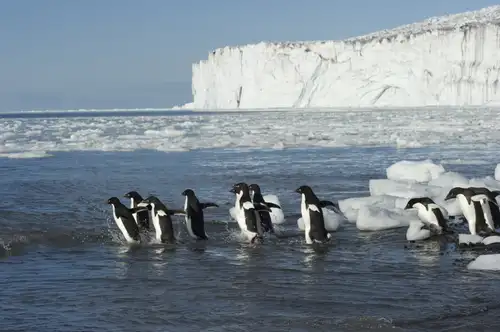
The bio-richness of the Ross Sea
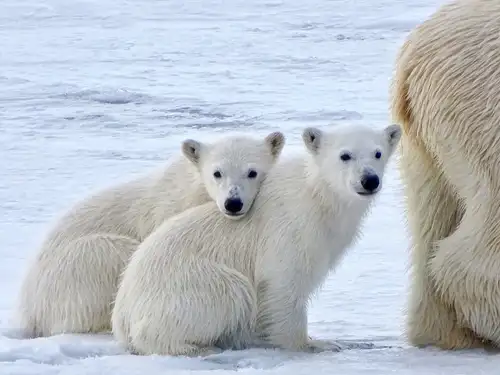
Where the Polar Bears Roam
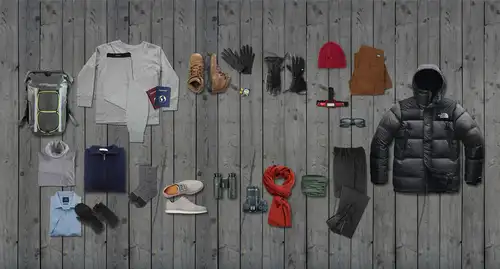
What to Pack for Your Expedition Cruise to the Arctic or Antarctica
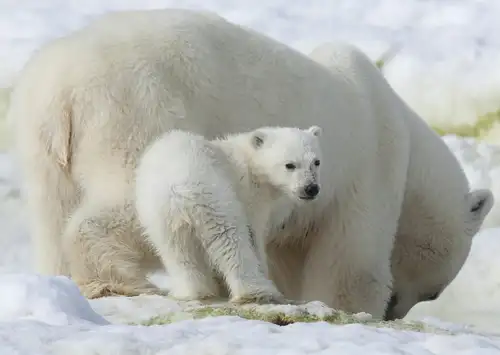
Arctic Icon: 10 Facts about the Polar Bear
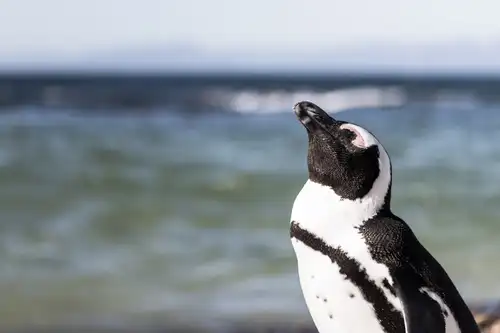
How Arctic Wildlife Differs from Antarctic
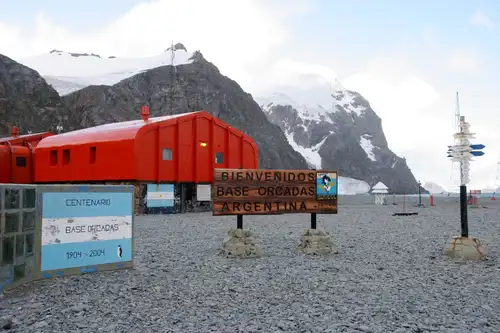
A Look Into the International Research Stations of Antarctica
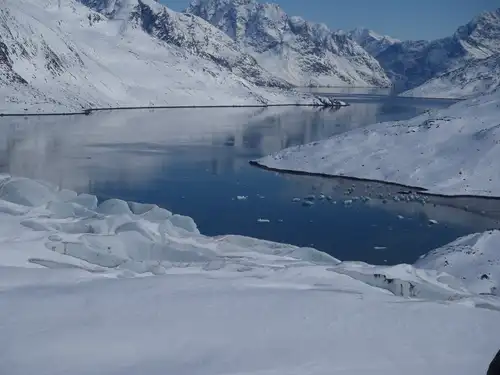
How and When Did Greenland Become Covered in Ice?

5 Life Lessons You'll Learn in Antarctica
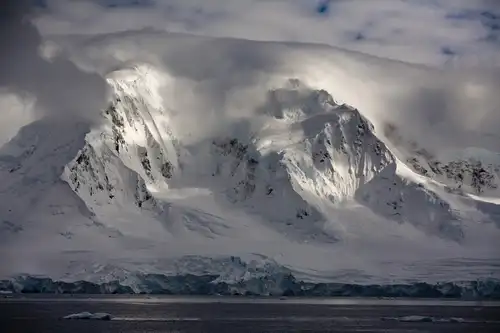
The Ancient Fossil Forests of Antarctica
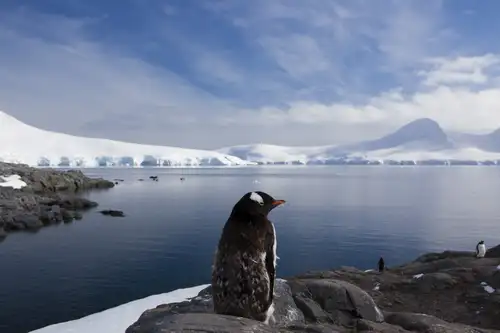
Guidelines for visitors to Antarctica
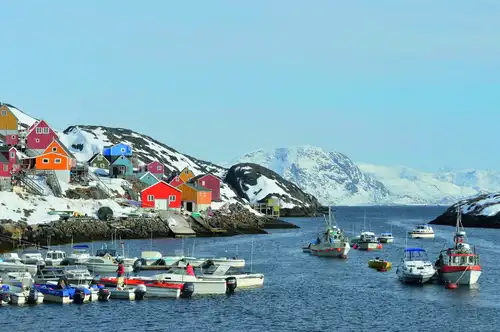
Amazing Greenland
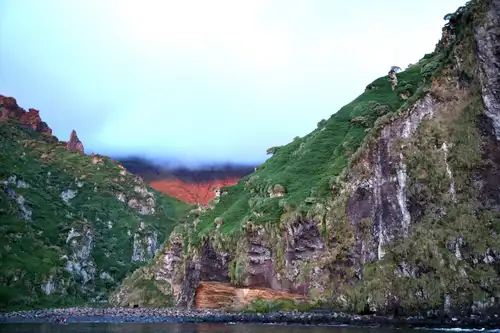
Gough Island: Seabird Capital of the South Atlantic
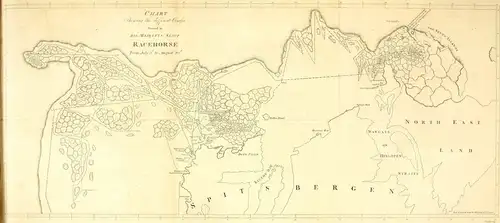
First to the North Pole: Five Failed but Brave Expeditions
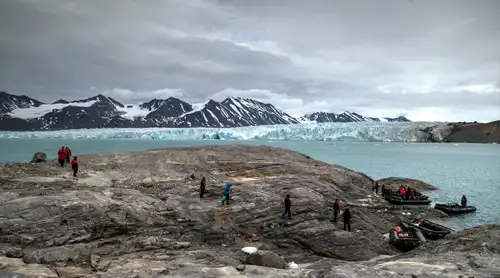
The Enchanting Islands of Svalbard

Arctic Foxes: Constant Gardeners of the Arctic
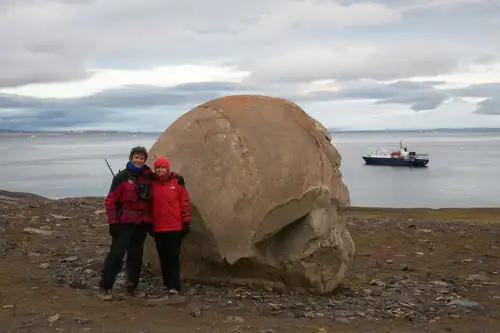



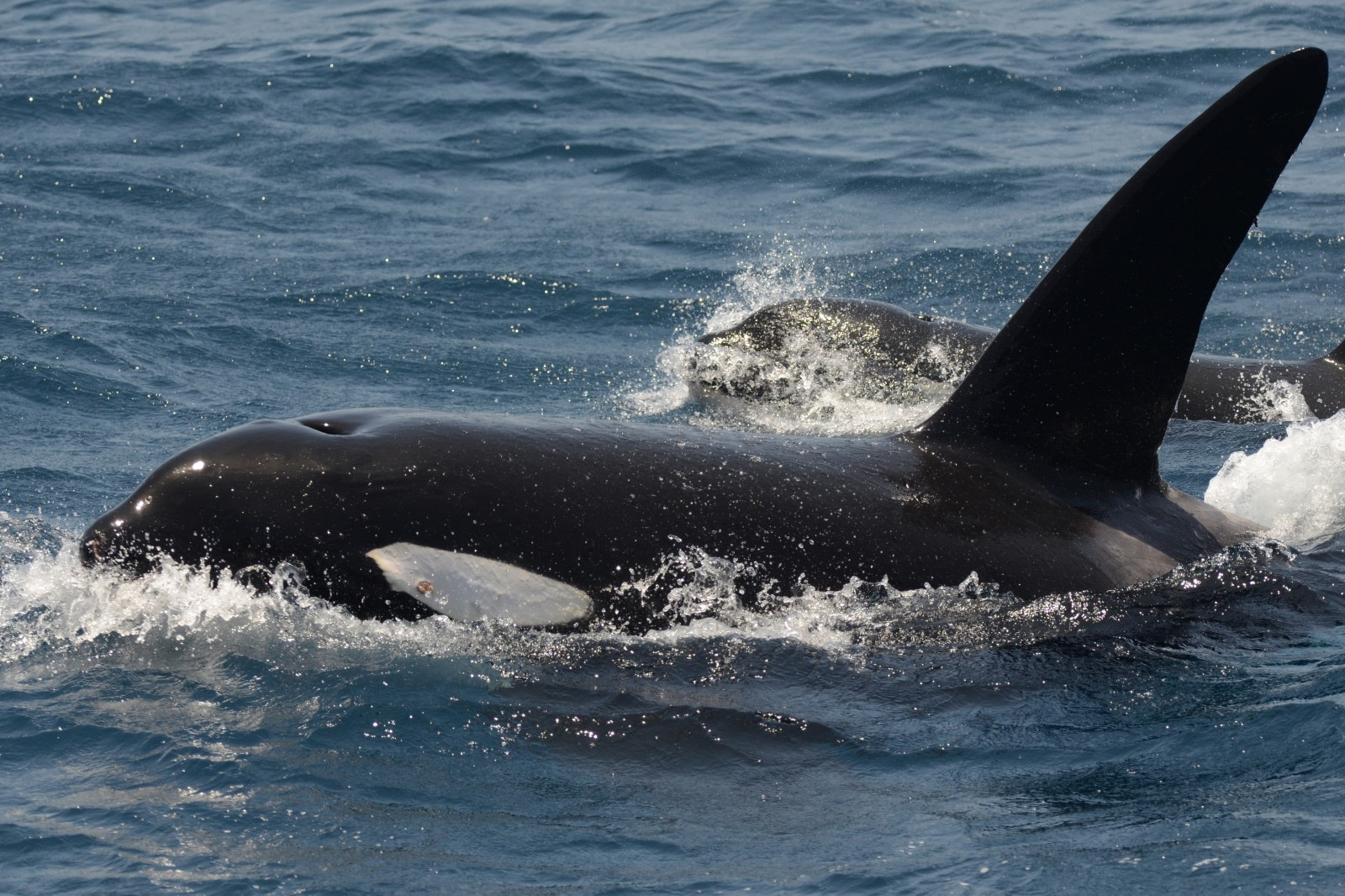

 23 Days / 22 Nights
23 Days / 22 Nights
